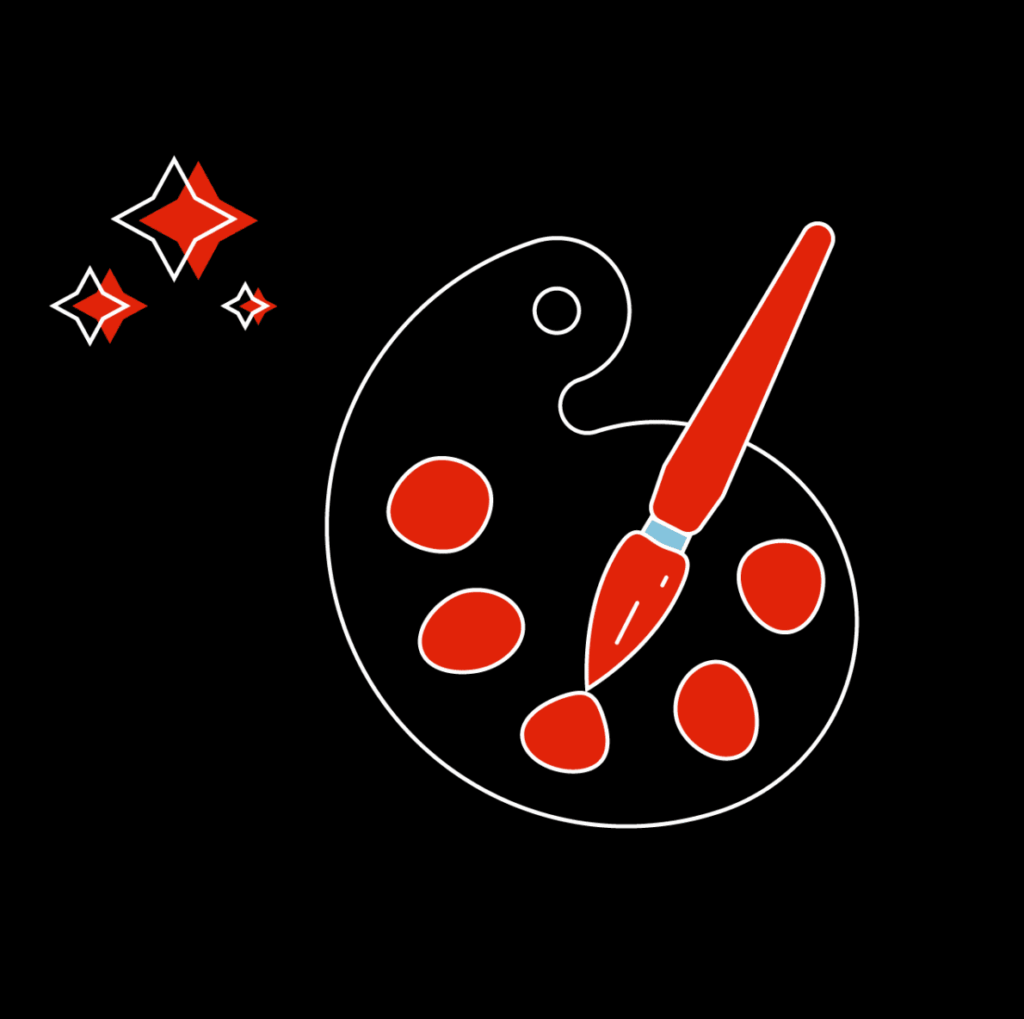
What Is nostalgia marketing?

If you are looking for a fun and creative strategy to use in your next digital marketing campaign, nostalgia marketing could be a great option. Whatever industry you’re in, you can utilise elements of the beloved past in your branding to better appeal to your target audience and establish a positive image of your business.
At Embryo, we are always keeping up to date on the newest strategies in digital marketing to make sure that your business never falls behind. If you would like to speak to our expert team, you can get in touch after reading this blog by phone at 0161 327 2635 or you can email info@embryo.com.
What Is Nostalgia?
Before we can explore how nostalgia can be used in a marketing campaign, we need to understand what it is. A 2012 study explained that nostalgia is an emotion experienced when a familiar smell, sound, image, or sensation triggers memories of the past, usually leading to a sense of comfort and happiness. The feeling can be bittersweet, sometimes accompanied by sadness or loss over times lost to the past.
Many things can trigger an episode of nostalgia, some examples could be hearing a favourite childhood song, exchanging memories with an old friend, or looking at old photographs. There is even room to experience nostalgia for time periods that we did not exist in – historical nostalgia is the longing for past decades that we perceive as better, simpler, or happier.
Why Nostalgia Marketing Works
Now that we’re clear on what nostalgia is, let’s investigate why using nostalgia as a marketing tool is so effective. One theory is that since we tend to look at the past with rose-tinted glasses, advertising that uses nostalgic themes is received more positively. This is especially true for marketing that incorporates childhood nostalgia, as it takes us back to a more innocent time, one that lacked the scepticism we operate within our adult lives.
It also creates a feeling of comfort and security, as familiar imagery and sound can make a product or business more trustworthy than one that uses brand-new or foreign attributes.
Another factor is that the cultural signifiers of past decades that have prevailed to the current day are already tried-and-tested, so when we use vintage designs, we are using styles that are more certain to appeal to a wide audience.
Nostalgic marketing was, correctly, one of our predicted major trends for marketing strategies in 2022, and we believe it will continue to play an important role in 2023.
Guide to Using Nostalgia in Marketing
So, clearly, nostalgia is a powerful emotion, and utilising it can have many benefits for your business, making your brand more closely associated with feelings of comfort and joy. However, to execute a nostalgia marketing campaign properly, it is important to have a plan and a couple of key factors in mind. Not to worry, we’re here to help!
Here is a quick guide to using nostalgia in marketing:
Identify your audience:
To maximise the potential of a marketing campaign that uses nostalgia, it is important to identify who your customers/clients are. People are most drawn to products and services that ignite memories of their early to mid-twenties, so if your audience is in their fifties, they may enjoy being taken back to the bright colours, geometric patterns, and funky rhythms of the 70s. If your audience is currently in their twenties, they may want to look back on their early 2000s childhood. If you have a very mixed audience, have fun and play around with the themes of different decades to find what best fits your brand’s function and aesthetic.
Research Your Chosen Period:
Once you have selected the time period you want to emulate in your marketing, it is time to research its aesthetic repertoire. Consider colours, fonts, iconography, music, and themes. You can use sites like Pinterest to collect and plan out your ideas.
Choose Your Medium:
The next step after identifying how you can reflect on your chosen time period is selecting a medium to channel your ideas through. Depending on the interests and demographics of your target audience, you might want to focus your nostalgia marketing on different social media platforms, on your website, or your blog. Remember you are not restricted to a single medium, you might want to create a full PR campaign based around nostalgia marketing.
Apply Your Research:
Now then, you have thought about your audience, done your research, chosen a time period, and medium, and decided on key aesthetic elements to create nostalgia. Next, you have to get to work on putting it all together. You could create social media posts that utilise music and visuals relevant to your decade. You could also write a blog post that incorporates popular themes or products of the past. Think outside of the box and use all the tools at your disposal, nostalgia marketing could be something as simple as creating your own decade-themed Spotify playlist, or something more complex like adding a retro game to your website.
Choose Your Moment:
A final important consideration is the best time to set your nostalgia marketing campaign in action. Look out for spikes of interest in past decades, a good example is the boom in 80s-related content following the popularity of Stranger Things. Holidays are another good time to incorporate nostalgia into your marketing, as time spent reminiscing with family and friends spurs a desire to look back to the past. If you are considering rebranding your business, this might also be a good opportunity to use this marketing strategy, as reflecting on your history using nostalgic themes could drive more attention to your rebrand.
Nostalgia Marketing Examples
If you are looking for inspiration to devise your campaign, here are some brands that use nostalgia marketing:
Pepsi
Pepsi’s genius 2021 ‘Pepsi Cola Soda Shop’ campaign timed the launch of their limited-edition cream soda and black cherry flavours with the 50th anniversary of the musical ‘Grease’. The flavours were a nod to the soft drinks produced by soda shop owners in the 50s and 60s, the time period in which the musical is set, and their designs for the campaign used fonts and imagery that also reflected the decade. They even produced a commercial in collaboration with the pop singer Doja Cat, who sang a rendition of ‘You’re the One That I Want’ from the timeless production. This blending of 50s/60s nostalgia with a popular contemporary artist presented Pepsi as both classic and innovative, and gave its audience the opportunity to enjoy a look into the past without feeling as though they had to abandon the present.
Due to the campaign’s major success, they re-used this strategy when launching their official Cola-Soda shop line, this time with an advert featuring pop singer Chlöe performing ‘Footloose’.
Vogue
Vogue has been a master of nostalgia marketing over the past decade, writing many articles that refer to iconic cultural trends, events, and figures in history. They also make use of tagging on their website to create pages devoted to cataloguing articles about different decades (their nineties page is especially popular). This means that whatever period their audience is nostalgic over, they can easily find lots of content on Vogue’s website to satisfy their longing for the past.
Chanel
From 2020 – 2021, Chanel released a series of Youtube videos about their founder, Gabrielle Chanel, utilising fonts and images that hark back to the early 20th century. The videos performed extremely well, garnering millions of views, and its vintage theme helped to position the brand as classic and luxurious, the historical theme developing a sense of glamour.
Burger King
In 2021, Burger King announced their new logo – only it wasn’t new at all. The brand had returned to the logo in use between 1969 – 1999. For countless people who grew up familiar with this version of the logo, the change evoked an immense feeling of nostalgia and re-connected the contemporary Burger King with its history. In an article by CNN, branding expert Douglas Sellers commented on the change, saying that “Given the current state of the world, the new identity feels warm and familiar”, and this is exactly what nostalgia marketing strives to achieve.
Conclusion: Nostalgia Is a Powerful Marketing Tool
In spite of all the excitement that can be drawn from our contemporary, endlessly evolving landscape, there is also a lot to be gained from using themes and designs that remind us of the past. When used correctly, nostalgia can be a powerful marketing tool that can push your business forward, draw in a new audience, and increase the satisfaction of your existing customers.
Want to find out more about how you can use nostalgia marketing to elevate your digital marketing strategy? Get in touch with our team today by phone at 0161 327 2635 or through email at info@embryo.com. And don’t forget to check out our other blogs to discover more marketing ideas that could benefit your business.



